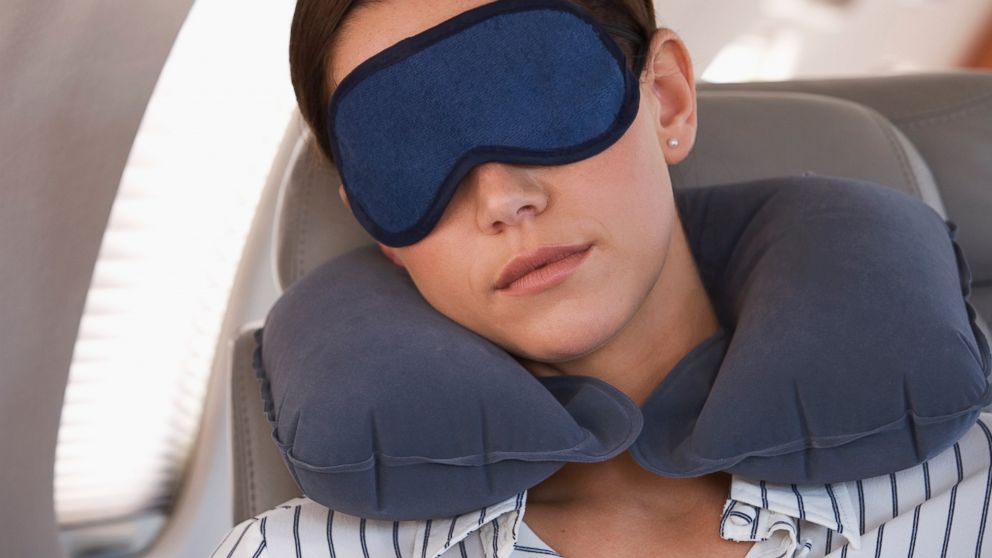Jet Lag: 15 Prevention and Recovery Tips
The more you plan ahead, the better you will feel upon arrival.

March 2, 2014— -- The Mayo Clinic defines jet lag as a "temporary sleep disorder that can affect anyone who quickly travels across multiple time zones." In other words, you don't have to go to Europe to get it!
But you know that. The real question is how to prevent it, or cure it once you've got it. I've got some answers, thanks to the folks at Mayo and experts at the Centers for Disease Control and Prevention (CDC), as well as the non-profit National Sleep Foundation, plus some remedies from veteran travelers and some entertaining wild card suggestions. I hope some of these 15 ideas work for you.
Before You Fly
A little planning goes a long way.
1. Take care of yourself: You know the drill, eat right, sleep right and exercise. Now for the hard part: You've actually got to do this! It's been suggested that the better you feel overall, the lighter the jet lag.
2. Move your bed time: Several authorities say you should gradually change sleeping patterns before departure.
• If heading east: Try to go to bed one hour earlier each night for a few days. • If heading west: Try going to bed an hour later, again for a few days before you leave.
3. Pack a pillow: You can't bring your mattress but you can bring your pillow. Nothing wrecks a night's sleep like trying to settle your head on a puffed-up piece of foam when your noggin cries out for your pancake-flat feather pillow (or vice-versa).
4. Pack your headphones: My noise-canceling headphones have kept me smiling in the face of wild 2 year olds and often help me nod off. Ear plugs can help, too. Others recommend sleeping-masks but not all of us can drowse with something draped across our faces.
5. Wild card: No night-before bon voyage parties, the kind were everyone raises a toast to your travels and you gulp along with them (we'll assume those glasses don't contain ginger ale). In fact, no night before anything except for a good night's sleep. Here's how: All packing is done, period. Get it done at least 24 hours before departure, with everything you need (electronic tablets, passports, medication, maps, pre-printed reservations, boarding passes, etc.) ready to go alongside your suitcase. If begin your trip in a stress-free frame of mind, that's half the battle.
During Your Flight
Do's and don'ts for a long plane ride.
6. Set your watch: Move it ahead (or behind) to destination time, the better to start synching the rest of you.
7. Watch what you eat: Don't fall into the, "I'm on vacation, I can eat or drink anything" trap, especially on the plane. Don't overeat, keep alcohol consumption to a minimum and the same for coffee. See the next item for the only thing you can overindulge in.
8. Plenty of water: Plane rides can be dehydrating and this can worsen jet lag. Drink up.
9. Try to sleep: Don those headphones or earplugs you packed and try to fall asleep on the plane especially if you'll arrive in the morning (and this is often when U.S. flights to Europe arrive).
10. Try to exercise: No yoga moves, just a simple stroll down the aisle every now and then but only when you won't disturb meal or beverage service and only when seat belt signs are off. When you return, buckle up no matter what the sign says (turbulence can come out of nowhere).




